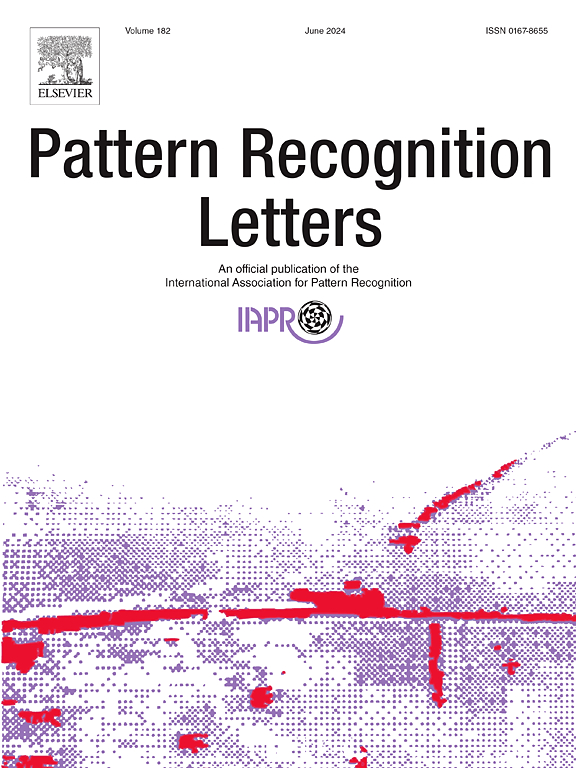CamoEnv: Transferable and environment-consistent adversarial camouflage in autonomous driving
IF 3.9
3区 计算机科学
Q2 COMPUTER SCIENCE, ARTIFICIAL INTELLIGENCE
引用次数: 0
Abstract
Adversarial camouflage has garnered significant attention in the security literature on autonomous driving. The ability to adapt to various angles makes adversarial camouflage important in autonomous driving attack. Traditional adversarial camouflages often exhibit unnatural and conspicuous appearances due to lacking consistency with the surrounding environment. They also have limited black-box transferability since the high-dimensional space of their explicit 3D object modeling induces overfitting problem. In this paper, we propose CamoEnv, a novel approach for creating environment-consistent and transferable adversarial camouflage. It not only maintains consistency as the object and viewpoint move, but also evades detection by various black-box models. Specifically, we present an object-environment integration method that generates object-environment-aligned images across varying viewpoints and maximizes their consistency. Additionally, we introduce an implicit color module that effectively reduces the parameter dimensionality, thus mitigating the overfitting problem and improving black-box transferability. Experimental results demonstrate that CamoEnv not only achieves superior environment consistency but also outperforms existing methods in black-box transferability by margins of 18.62% and 5.54% average attack success rate in digital and simulated attack experiments respectively.
求助全文
约1分钟内获得全文
求助全文
来源期刊

Pattern Recognition Letters
工程技术-计算机:人工智能
CiteScore
12.40
自引率
5.90%
发文量
287
审稿时长
9.1 months
期刊介绍:
Pattern Recognition Letters aims at rapid publication of concise articles of a broad interest in pattern recognition.
Subject areas include all the current fields of interest represented by the Technical Committees of the International Association of Pattern Recognition, and other developing themes involving learning and recognition.
 求助内容:
求助内容: 应助结果提醒方式:
应助结果提醒方式:


